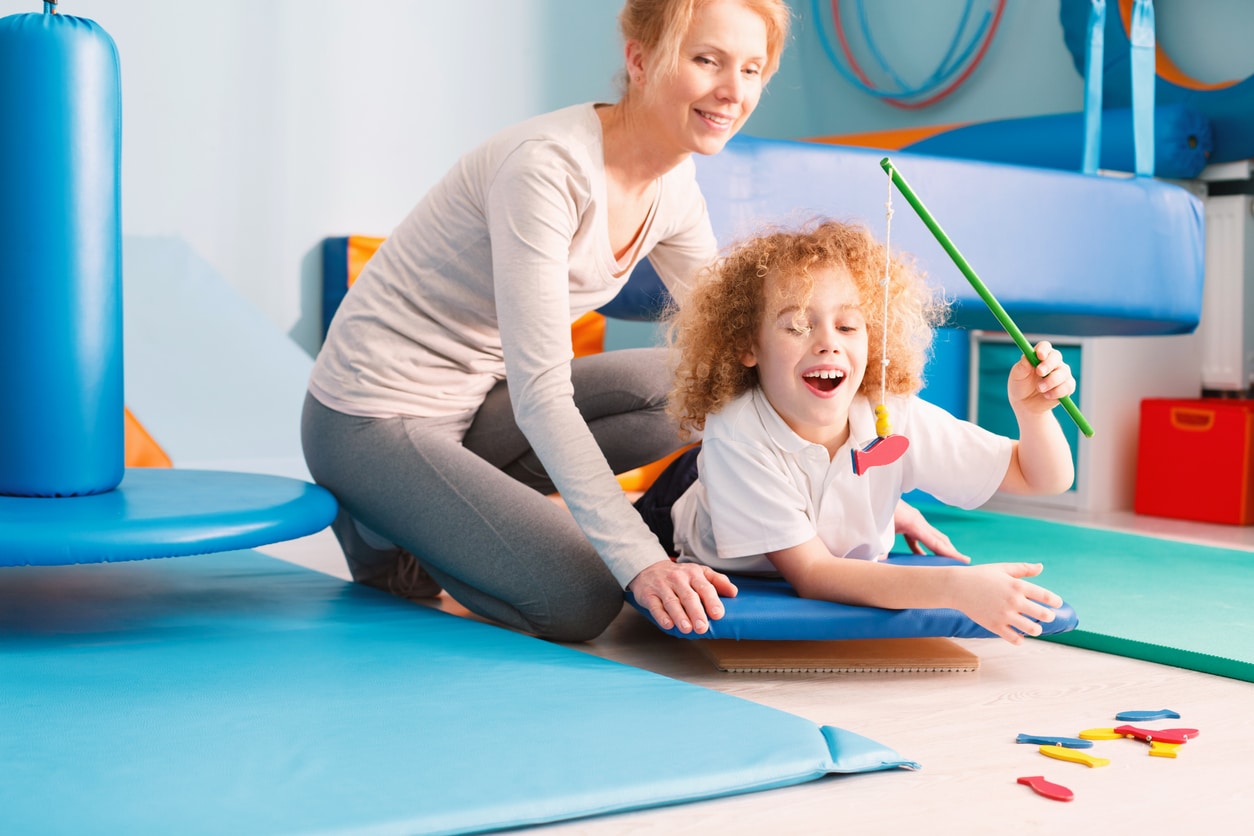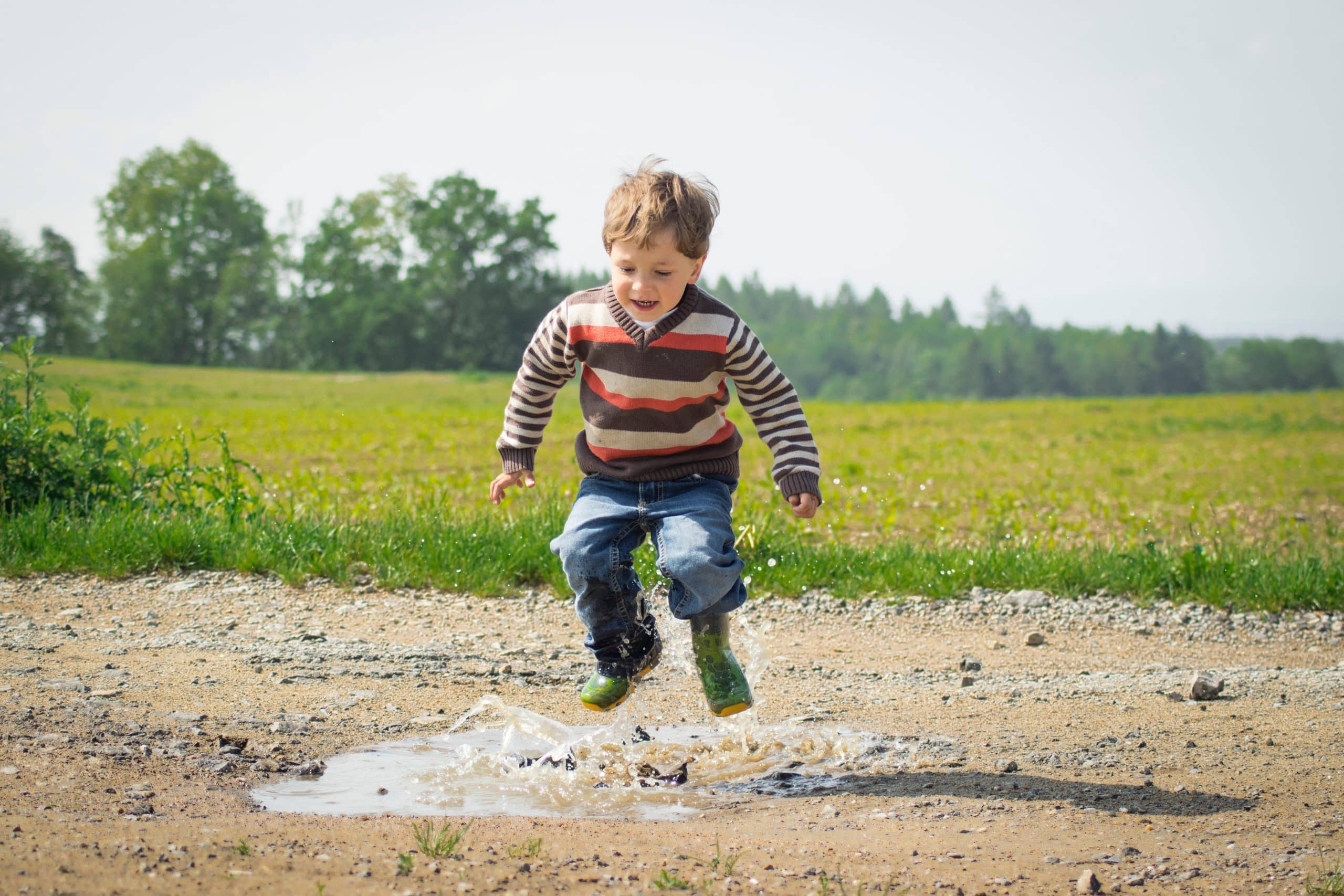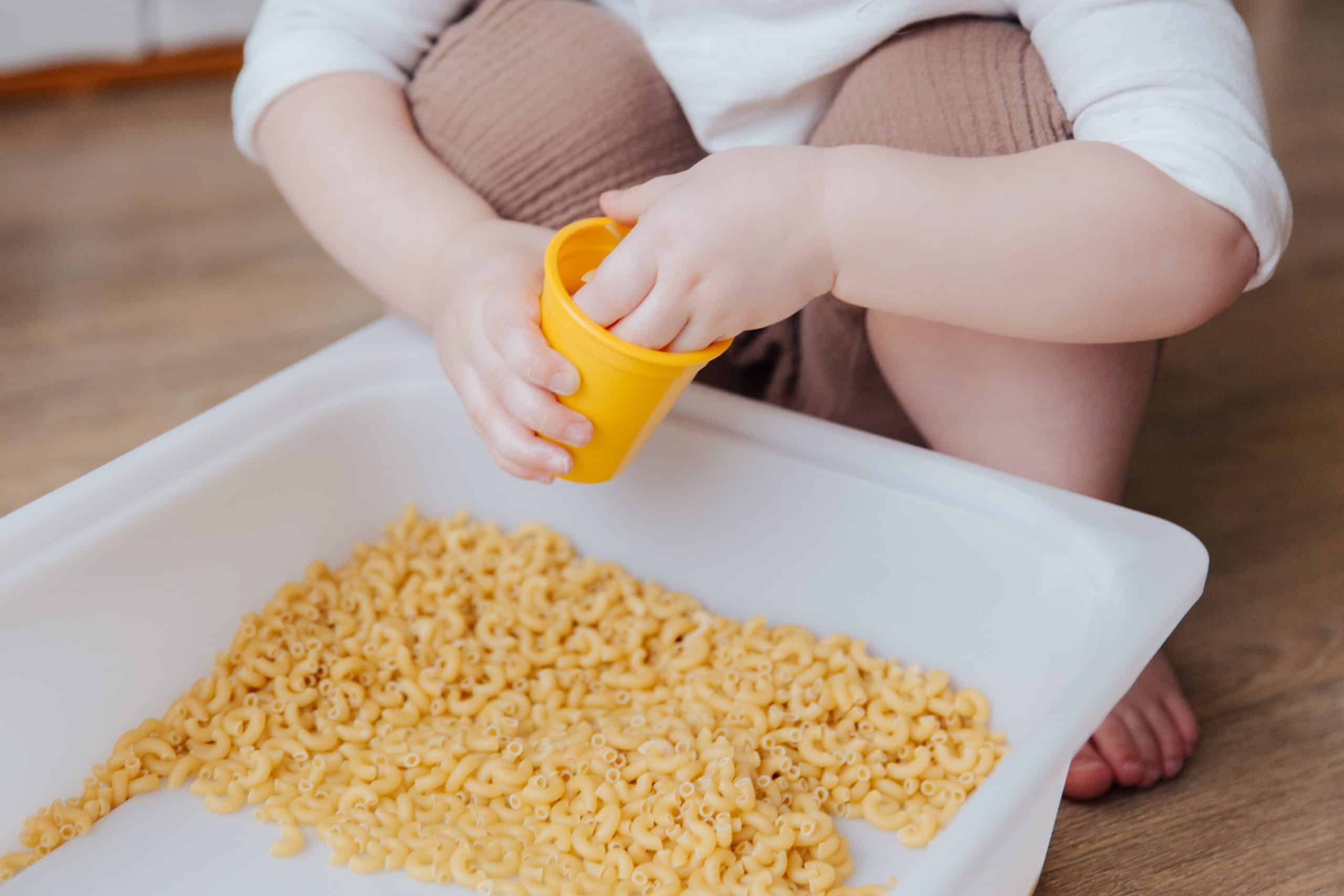
We’ve been discussing sensory processing disorder in children with bladder and bowel dysfunction.
In my last blog, I provided a quick overview of the Pyramid of Learning where I identified three foundational sensory systems possibly impacting a child’s bladder and bowel function, including:
- The vestibular system
- Proprioceptive system
- Tactile system
Each is foundational in a child’s development and ability to achieve higher-level skills. This can impact their ability to control:
- Bladder leaks
- Bowel leaks
- Constipation
In today’s blog, I’m highlighting red flags within these three foundational systems.
This will help guide you during your evaluation process by asking more detailed questions to help your patient overcome bladder and bowel dysfunction.
Signs of Poor Vestibular Processing in Children With a Sensory Processing Disorder
The vestibular system takes in sensory information from changes in your head position and fluid found in the inner ear. This system organizes sensory input through the movement of your body in space.
A child who resists changes in their head position like:
- Prone
- Hanging upside down
- Spinning or rotational movement
And other vestibular input can be signs of poor vestibular processing and a sensory processing disorder.

Red flags indicating poor vestibular processing may include:
- Multiple or chronic ear infections
- Frequent upper respiratory infections
- Resists tummy time or dislikes lying in prone
- Resists climbing on elevated objects
- Delays in early motor milestones like rolling and crawling
- Sensitivity to loud noises like the toilet flushing
- Poor postural stability
- Poor balance
- Dislikes riding in cars
- Frequent head banging
- Difficulty with falling and staying asleep
- Delays in developing clear speech
- Resists rotational movement like spinning or seeks out frequent spinning
- Toe Walking
The vestibular system is a complex system. It helps us filter sensory information based on:
- How we move
- What we see
- What we hear
By recognizing the signs and symptoms of poor vestibular processing you can be more effective in your treatment of children with bladder and bowel dysfunction.
Symptoms of a Sensory Processing Disorder Related to Proprioception
The proprioceptive system is powerful in the regulation of a child’s nervous system.
The proprioceptive system helps to organize sensory input from the joints and muscles of your body.
It plays a key role in body awareness and is foundational in motor planning.
Simply put, your proprioceptive system helps connect the mind to the body to perform specific actions needed to complete daily activities including the ability to voluntarily control our bladder and our bowels.

Indicators of poor proprioceptive processing include:
- Frequent jumping, climbing, crawling, dragging, or pushing objects
- Crashing their bodies into the wall or on the floor
- Often bumping into other people or objects
- Stomping their feet while walking or are described as heavy walkers
- Frequently kicking or bouncing their legs when sitting
- Likes deep pressure found through hugging or back rubs
- Likes multiple blankets over them when going to sleep
- Prefers tight clothing
- Uses too much force when writing or coloring – frequently breaks crayons
- Is described as being too aggressive during play with other children or when interacting with pets
- Often clenches their jaw or grinds their teeth
Understanding the important role proprioception plays in a child’s emotional regulation can be key to helping calm and organize their nervous system. This helps them recognize internal signals from within their body and better coordinate their pelvic floor to stop bladder and stool leaks.
Adding proprioceptive input into your treatment sessions is a common approach found in sensory integration therapy and can help your child become a bladder or bowel boss.
Red Flags of Poor Tactile Processing in Children With Sensory Processing Disorder
The tactile system is probably the easiest of the three foundational systems within the Pyramid of Learning.
The tactile system helps you understand touch in all its forms.
A child who has a sensory processing disorder may demonstrate poor registration of tactile input or hyposensitivity. Or they may have an overactive tactile system and may be described as being hypersensitive.

These red flags may be indicators a child’s tactile system is not working properly:
- Has a high pain tolerance
- Is irritated by certain types of clothing, tags, or seams
- Resists interacting in messy play or substances like finger painting, mud, dirt, sand, or grass
- Doesn’t like their hands to get dirty
- Doesn’t like their sleeves pushed up
- Doesn’t like the feel of winter clothing
- Doesn’t like to wear shoes or socks
- Is a picky eater
- Dislikes teeth brushing, nail cutting or getting their haircut
- Prefers to touch rather than be touched
- Resists having their face wiped more than other children their age
- Runs and hides when they get the urge to have a bowel movement
- Lacks awareness of being wet
Understanding tactile defensiveness and its signs and symptoms can help guide you in your treatment approach.
Helping a child better understand their environment and appropriately respond to messages inside and outside of their body can lead to better control of their bladder and bowels.
Whether you’re an occupational therapist or a physical therapist, having an understanding of how our bodies process sensory information and the development of how one sensory system builds on top of the other is integral in helping a child manage:
- Bladder leaks
- Bowel leaks
- Constipation
Having this skill set will help you provide a comprehensive approach when treating bladder and bowel dysfunction in children and achieve successful outcomes.
Gain a Better Understanding of Sensory Processing Disorder Within The KBB Professional Village
Some of my favorite ways to learn and understand different perspectives or treatment approaches include:
- Attending courses
- Finding experts in the field
- Collaborating with my colleagues
In the past, I’ve found mentorship to be an incredibly powerful way to deepen my understanding of a particular area. It provides a much faster learning curve than going at it alone.
Unfortunately, for pediatric pelvic floor therapists there are limited resources to pull from when looking to expand your knowledge and skill set for treating bladder and bowel dysfunction in children.
Because of this gap in the profession. I developed the Kid’s Bowel and Bladder (KBB) Professional Village.
I wanted to create a space where pediatric pelvic floor therapists and other health care professionals are welcomed in an inclusive space to:
- Share knowledge and treatment ideas
- Review case studies
- Listen to experts
- Collaborate on complex patients
This ongoing membership provides 24/7 access to peers from around the world in our private Facebook group. We also meet on Zoom two times per month where we help each provider grow in their effectiveness in helping children and their families desperate to find relief from bladder leaks, bowel leaks, and constipation.
You’re invited to join the KBB Professional Village after completing my:
Then join me and my group of other amazing professionals passionate about working with children who suffer from bladder and bowel dysfunction and sensory processing disorder.
I can’t wait to see you there!
